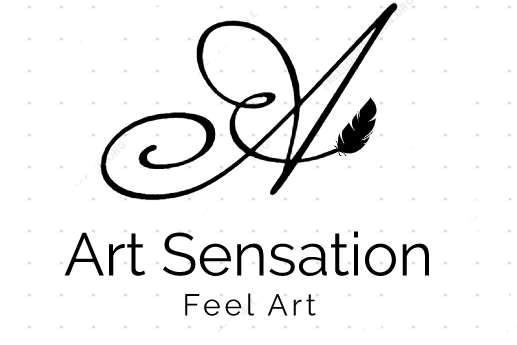The Desperate Man is a painting by the French painter Gustave Courbet, made between 1843 and 1845. It is a self-portrait of the artist, who depicts himself in close-up, with a striking expression close to madness. It is kept in a private collection, but was exhibited at the Orsay Museum in 2007. This work is considered as a testimony of Courbet’s complex and rebellious personality, as well as his artistic ambition.
The historical and cultural context
The painting was made at the beginning of Courbet’s career, who settled in Paris in 1841. He was 22 years old and wanted to make a name for himself in the artistic world. He frequented literary and political circles, where he befriended writers such as Baudelaire , Flaubert or Proudhon . He was also passionate about Spanish and Dutch painting, which he studied at the Louvre.
Courbet was an independent and provocative artist, who rejected academic conventions and the rules of good taste. He claimed realism as an aesthetic and moral principle, that is to say the faithful and sincere representation of reality, without idealization or embellishment. He also asserted his right to freedom of expression and social criticism.
The analysis of the work
The painting shows Courbet’s face in very close-up, almost at real scale. His eyes are wide open and his gaze is intense and penetrating. His mouth is slightly open and his nostrils are dilated. His hands are clenched in his black and thick hair. His face is pale and contrasted by the light that comes from the top left.
The painting gives an impression of tension and anguish, but also of strength and defiance. Courbet seems to express an extreme emotion, which can be interpreted as despair, fear, anger or passion. He also seems to address the spectator, who is face to face with him, without any distance or escape.
The painting is built according to a simple and effective composition, which highlights the face of the artist. The horizontal format is unusual for a portrait , which usually uses the vertical format. The tight framing excludes any element of decor or accessory, which could distract attention or situate the character in a context. The color palette is reduced to dark and cold tones, which reinforce the dramatic and austere character of the work.
The symbolic interpretation
The painting has aroused many interpretations and questions since its creation. What is Courbet’s intention in representing himself this way? What is the meaning of the title “The Desperate Man”? What is the relationship between the artist and the spectator?
Some have seen in the painting an expression of Courbet’s existential malaise, who felt misunderstood and rejected by the society of his time. Others have seen in the painting a manifestation of Courbet’s pride and arrogance, who staged himself as an incomparable and provocative genius. Others still have seen in the painting a demonstration of Courbet’s talent and realism, who engaged in a virtuoso and audacious exercise.
The painting has been admired or criticized by many subsequent artists, who found in it a source of inspiration or a model to surpass. Among them, we can mention Van Gogh, Gauguin, Picasso or Bacon. The painting has also been analyzed by art critics, philosophers, psychologists or writers, who have tried to unravel its mystery.
